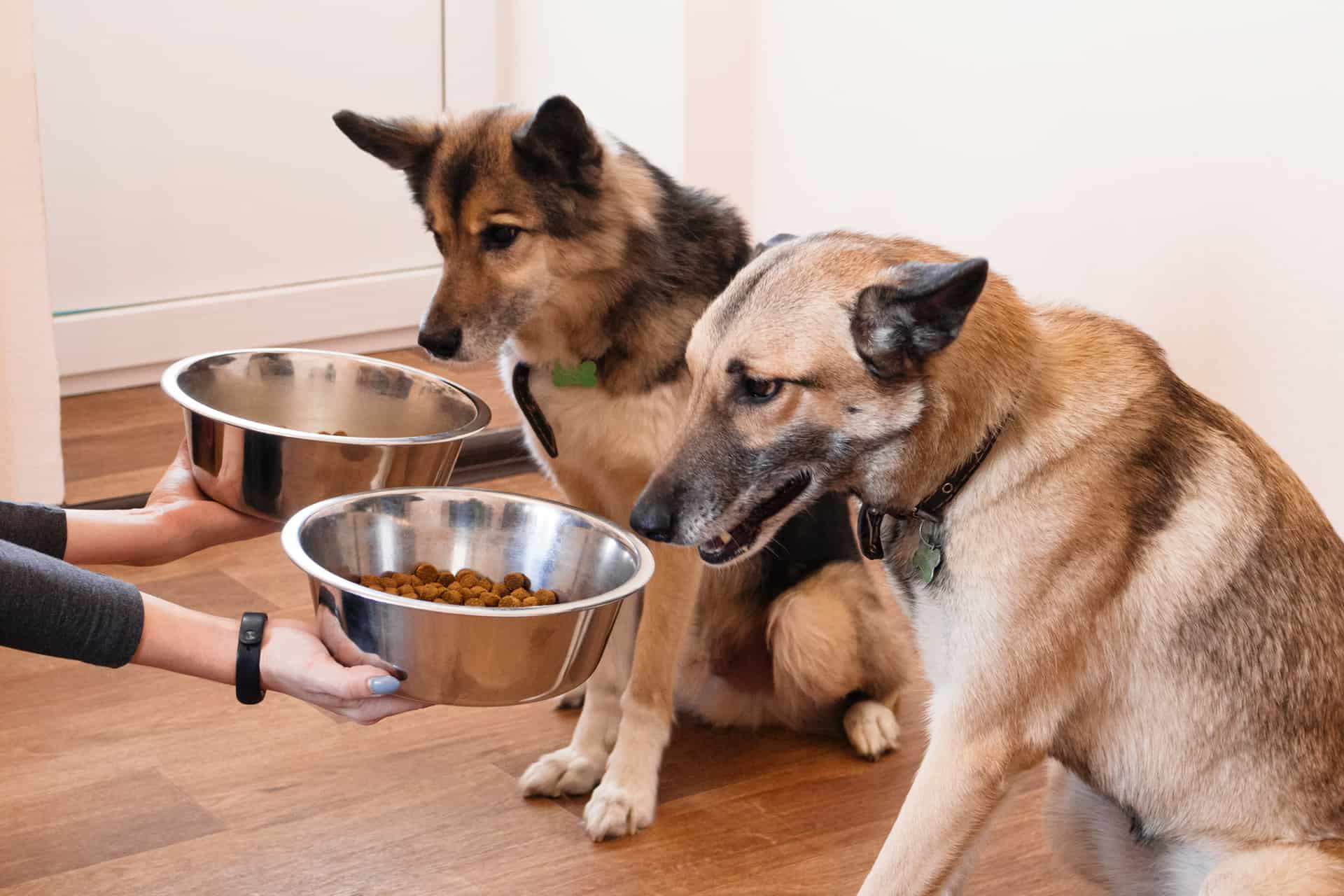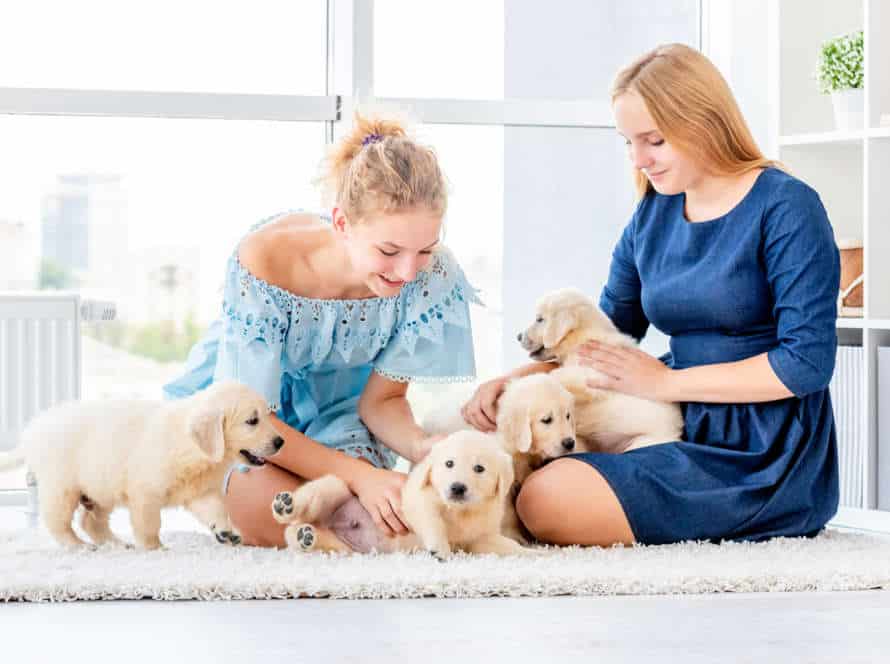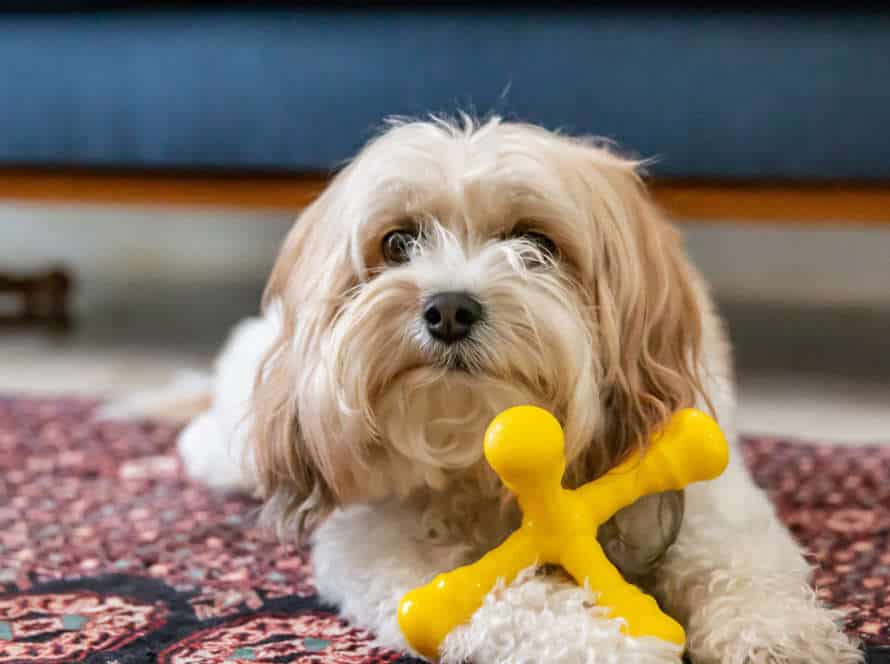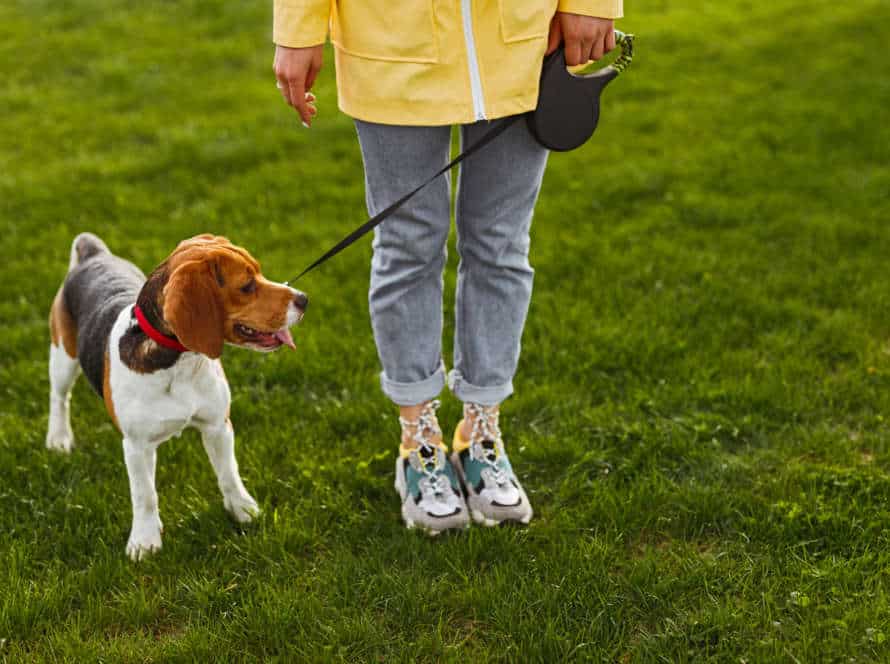Creating a Positive Feeding Environment for Multiple Dogs
Feeding two or more dogs? Not a problem! Establish a positive feeding environment for your multiple pooches. This ensures they get the nutrition needed and creates a pleasant experience for all. Here’s how to do it:
- Choose a quiet place – Select an area in your home where your dogs can eat without being interrupted or distracted.
- Use separate dishes – Give each dog its own bowl to avoid fighting over food or resource guarding.
- Have a feeding schedule – This will help your dogs to know when to expect to be fed and reduce any anxiety or aggression over food.
- Control portions – Tailor the portion sizes to the individual dog’s needs to avoid overeating or underfeeding.
Understand Each Dog’s Unique Feeding Needs
Every pup has its own dining demands and likes. To feed multiple canines in the same house, these must be known and thought of. Here are some tips for a peaceful and positive eating environment for many dogs:
- Feed each doggo in distinct areas to reduce rivalry and stop food aggression.
- Pick an ideal diet based on their age, breed, size, and activity level.
- Give different types and brands of food to satisfy varied tastes and preferences.
- Observe each dog’s eating behavior and change the amount and time of feeding to maintain a healthy weight.
- Offer a lot of clean water before and after meals.
By recognizing and meeting each pooch’s eating demands, you can make a harmonious and positive eating environment for your furry pals.
Establish a Regular Feeding Routine
A regular feeding routine is essential for a positive feeding atmosphere with many dogs. This helps to minimize conflicts and contention among the dogs, while making the feeding situation predictable and comfy. Here’s how to create such a routine:
- Pick a peaceful, secure area to feed your pups.
- Fix a consistent time for meals and stick with it as much as possible.
- Utilize separate dishes for each dog to stop competition for food.
- Monitor the dogs during mealtime to ensure peace and non-hostile behavior.
By setting up a regular feeding routine, you can make mealtimes a tranquil and stress-free experience for everyone.
Pro Tip: Alter the routine in accordance to the particular needs of your dogs, like age, health and dietary requirements.
Provide Enough Space and Resources for Each Dog During Feeding Time
Feeding multiple dogs requires space and resources for each pup. Here are a few tips:
- Provide separate feeding stations, with proper size food and water bowls.
- Supervise eating and establish a consistent feeding schedule.
- Start with higher-ranking or dominant dogs to prevent resource guarding.
- Creating a positive environment helps everyone.
- Pro Tip: If food aggression is present, consult a professional dog trainer or behaviorist.
Managing Mealtime Interactions Between Dogs
Dogs in the same family can cause tension if not managed properly. If they compete for food, or one eats it all, it can lead to aggression. Fortunately, there are techniques to make mealtime positive and peaceful. Let’s look at them more closely.
Train Your Dogs to Follow Commands During Feeding Time
Train your pups to obey commands when it’s meal time! This can make a positive setting, reduce aggression, and control interactions between multiple dogs. Here’s what to do:
- Educate your dogs with basic commands such as “sit” and “stay” using rewards.
- When they are skilled, put down their bowls and ask them to “sit” and “stay” before they eat.
- Keep increasing the wait time, whilst rewarding their good behaviour with treats and compliments.
- If any of your pooches show aggression or guard food, separate them when it’s dinner time and consult an expert dog trainer.
By training your canines to follow orders when it’s dinner time, you can create a positive and safe environment for many dogs and decrease the chance of dinner time clashes.
Use Visual Barriers to Reduce Competition and Tension
Visual barriers are a great way to lower competition and tension between dogs at mealtime. Try these tips:
- Put each dog’s food bowl in a different space or cage, so they can eat with no interruptions.
- Use baby gates or screens to create visual partitions between dogs at mealtimes.
- Feed dogs at different times or switch their eating areas to avoid issues.
- Teach your dogs to wait calmly before eating their food. Use a verbal cue or a specific area to eat. This will help them connect mealtimes with positive, non-threatening behavior.
Remember, learning to share food is a gradual process. Consider each dog’s personality and behaviour. With a bit of time and patience, you can make mealtime happy and peaceful for all your furry friends.
Incorporate Playtime and Exercise Before/After Mealtimes
Incorporate playtime and exercise before or after mealtimes for a positive and healthy feeding environment for multiple dogs. This reduces competition and prevents food aggression. Exercise tires out and sates hunger, making it less about competing for food which can create tension. Playtime after meals lets the dogs relieve energy and bond in a positive setting. It reinforces friendly attitudes during feeding time.
Keep mealtimes predictable – noting who eats where and when – to avoid chaos. Monitor the behavior and associate positive behavior with certain dogs. This turns mealtime from a stress point to a socialization opportunity that benefits all.
Addressing Problematic Feeding Behaviors
Feeding several pooches in one home can be tough. To avoid tension at mealtime, sort out any troublesome eating behaviors beforehand. Set up familiar rules and make sure to stick to them every day. This helps create a pleasant atmosphere while they eat. Here are some aspects to think about when tackling problem feeding behaviors:
Recognize and Address Resource Guarding Behaviors
Recognize and deal with resource guarding in dogs to make a positive feeding atmosphere for many dogs in one house.
Resource guarding is when a dog gets jealous over their food or toys and might growl or become aggressive if others come close. To address this during feeding:
- Separate the dogs. Feed them in different rooms or use blocks to keep them apart.
- Put distance between each dog’s feeding area so they don’t compete.
- Check on them while they eat. Discourage resource guarding and make sure each dog has access to food.
- Give rewards for good behavior. Praise the dogs for allowing others to approach their food without a problem.
By tackling resource guarding, you can make a pleasant dining experience for all the dogs in the house.
Understand and Address Overeating Behaviors
Overeating is a common issue. It can cause health problems. To deal with this behavior, one must know the difference between physical hunger and emotional hunger.
Emotional hunger is when you eat to manage stress, cope with emotions, or out of boredom. Physical hunger is when your body needs food.
If you recognize emotional hunger, try tips like:
- Distraction with yoga, running, or music.
- Keeping food journal to understand triggers.
- Doing regular exercise to reduce stress and improve mood.
- Not skipping meals or starving yourself to make up for overeating. This won’t help in the long run and may cause binge eating.
Addressing Feeding Challenges for Dogs with Health Issues
Caring for dogs with health issues can be tough for pet owners. But, when you understand their special feeding needs and tackle any feeding problems, you can make a good feeding environment for both the pet and the owner.
Here are some ideas to make this happen:
- Designate separate feeding spots for each dog to decrease competition and keep it peaceful.
- Utilize slow feeders or puzzle feeders to help the dog eat more slowly and keep healthy habits.
- Give smaller, more frequent meals to avoid too much eating and indigestion.
- Serve fresh, top-quality food that fits the unique nutritional needs of each pup, especially if they have health issues.
- Speak with a vet to create a feeding plan that meets their health needs.
By following these tips, pet owners can help solve feeding troubles for dogs with health issues and create a positive feeding atmosphere for their beloved four-legged friends.
Frequently Asked Questions
Q: How can I prevent my dogs from competing over food during meal times?
A: One way to prevent competition over food is to feed your dogs in separate areas that are not visible from each other. You can also provide each dog with their own bowl to reduce the likelihood of competition.
Q: Is it normal for dogs to share food from the same bowl?
A: While it is common for dogs to share food, it is not recommended as it can lead to food competition, aggression, and even the spread of illnesses. It is best to provide separate bowls for each dog.
Q: What are some ways to encourage each dog to eat their own food?
A: One way to encourage each dog to eat their own food is to establish a feeding routine where each dog is fed separately in their own designated area. You can also provide each dog with their own unique bowl or mat to make their feeding area more appealing to them.
Q: How can I make feeding time a positive experience for all of my dogs?
A: One way to make feeding time a positive experience is to establish a feeding routine where each dog is fed in a calm and relaxed environment. You can also incorporate positive reinforcement techniques such as verbal praise or treats for good behavior during feeding time.
Q: What should I do if one of my dogs is eating too quickly or too slowly?
A: If one of your dogs is eating too quickly, you can try using a slow-feed bowl that will force them to eat at a slower pace. If one of your dogs is eating too slowly, you can try adding warm water or broth to their food to make it more appealing and easier to digest.
Q: Should I stick to one type of dog food for all of my dogs or provide different types?
A: While it is not necessary to provide a different type of dog food for each dog, it is important to ensure that each dog is receiving the appropriate amount of nutrients for their individual needs. Consult with your veterinarian to determine if a specific type of dog food is necessary for each of your dogs.







